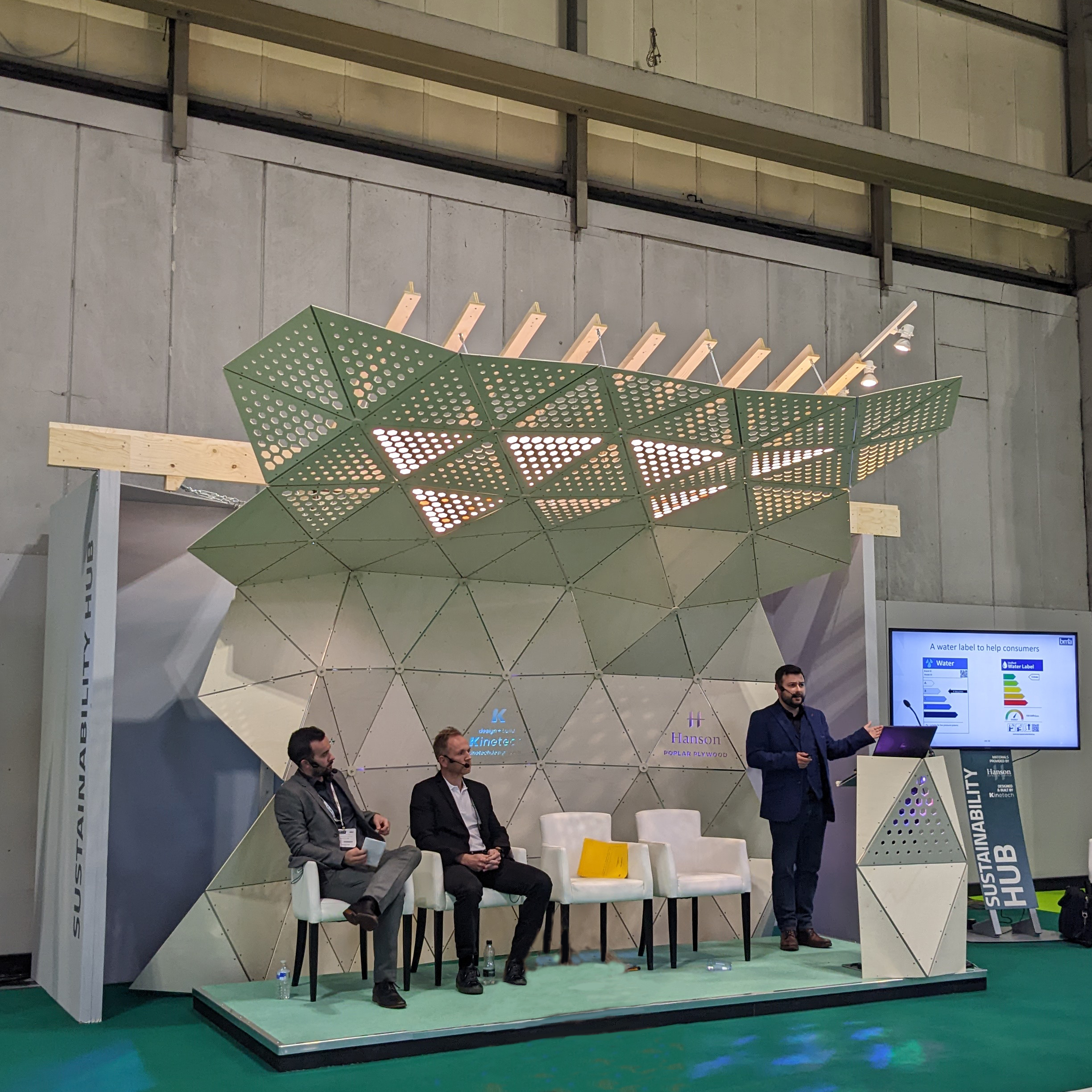It’s an inevitable part of life, almost, wanting to be a home-owner. To have a place you can call your own. You can kiss goodbye to magnolia walls (unless you’re that way inclined) and worrying about hanging pictures on the walls in case you lose your deposit, not to mention the financial security owning a house brings you. Getting on the property ladder is what most of us aspire to do – but there are many ways to do it. Recently it seems that more and more would-be home-owners are opting out of buying existing houses and opting in to building their own, either from scratch or through conversion. Perhaps it’s the recent hike in property shows like Grand Designs championing the self-built dream, perhaps it’s the idea that conversion can give an abandoned building a sustainable new lease on life, either way there is a definite shift in the industry. In this blog we look at whether it is better to convert existing buildings into new homes, or to build your own from the ground up.
Firstly it’s important to know that whereas estate agents may be tricky and costly to work with, going down the conversion or construction route will involve a lot more people. In most cases, you’re looking at an architect and a planner for the design and builders and project managers to make your dream a reality. You will need to be an avid communicator, or to hire someone who is.
You will also need to apply for planning permission. Your local planning authority (LPA) will decide whether to grant planning permission for your project based on its development plan. Whereas the LPA will not take into account whether local people want it, many other factors are considered; the number, size, layout, siting and external appearance of buildings, the infrastructure available, any landscaping needs and how your development would affect the surrounding area. In most cases, planning applications are decided within 8 weeks. However, legislation allows the conversion of redundant agricultural buildings into housing without the need for a planning application. Listed buildings are of course excluded from this, but choosing to convert, say, an old barn may bring the overall time spent in the project down.
Equally, conversion may be less time consuming than construction, which of course would bring the total price of your home down. If the frame of the house you wish to convert is in an acceptable nick, you could cut out considerable amount of time. This obviously would restrict you to work with the existing frame of the building, whereas constructing a house gives you pretty much free hands, provided your plans are accepted by the LPA, of course. A new-built house can be specified to your exact requirements, where as converting an existing space may not.
It’s also worth noting that when converting existing house privacy, space and views may be limited. Shared drives and services may be a contentious issue, and older conversions can be expensive to heat. When building a new house on your very own plot privacy is not likely to be problematic and a new-build can house the latest technologies making it cheaper to run.
The good news is you can apply for a VAT refund on building materials and services regardless of whether you’re building a new home or converting a property into one. Some figures show that building your own house or converting an existing one can actually save you around 20% compared to buying an existing home.















